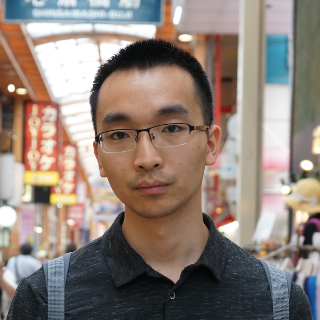Chirality exists widely in nature in different forms. It provides a new dimension for interactions between organic and inorganic, life and non-life systems. Chirality was first discovered in inorganic crystals and then formally proposed by Pasteur in the study of tartaric acid salts, which led to the establishment of stereochemistry. By the 1960s, the thalidomide tragedy made people aware of the indispensable role of chirality in life science, and greatly promoted the research of chirality.
Synthetic chemistry is considered the foundation and core of chemical science, since it provides the substance for further explorations. The quality of synthesis directly determines the properties of materials. The designed synthesis of small chiral molecules has already been at high levels with many intricate methodologies; however, the control of inorganic chiral materials is still in its infancy, and there is no mature synthetic methodology. Especially the conversion and recognition of chirality at different scales and different systems need to be further researched.
Our group focuses on the theme of “Nanocrystal Chiral Synthesis Methodology” around this topic, forming a research idea based on nanocrystal growth theory, focusing on Au-Ag based nanomaterials, and orienting towards subnanometer scale new phenomena and electrocatalysis. We use the crystal growth theories to drive the precise synthesis of chiral nanomaterials, and use property exploration to drive the precise synthesis direction, aiming at comprehensively understanding chirality conversion and recognition principles.





